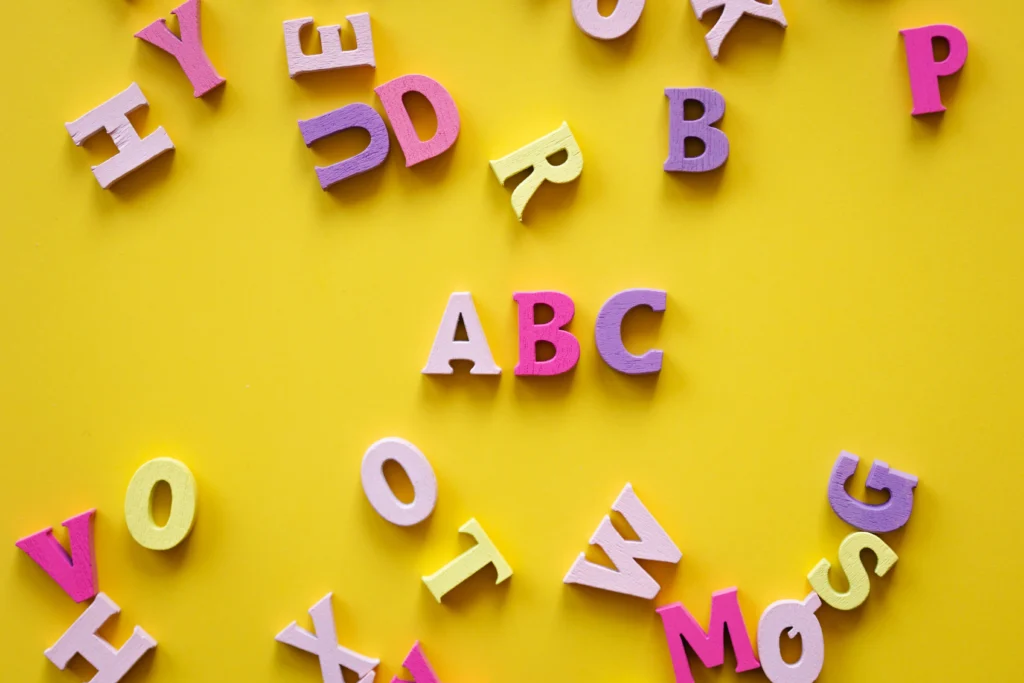
Comic Sans is arguably one of the most well-known and widely used fonts in the world of digital typography. Despite its widespread popularity, it has become infamous for its controversial status in design circles. While some people appreciate its playful nature, others see it as an inappropriate or unprofessional choice for certain contexts. This article will explore why Comic Sans is so controversial, its origins, and how it has come to symbolize various aspects of the broader discourse around typography.
Comic Sans is a sans-serif typeface created by Vincent Connare in 1994. Originally designed for use in comic book speech bubbles, the font is characterized by its informal, friendly, and somewhat childlike appearance. Connare, who worked at Microsoft at the time, designed Comic Sans with the idea of creating a font that would be suitable for casual, conversational tones, especially in software applications. Little did he know that this font would generate so much debate over the years.
The creation of Comic Sans began in the early 1990s when Microsoft was working on the release of Windows 95. Connare was tasked with designing a font for a cartoon character in the software’s Help application. He drew inspiration from comic books and graphic novels, which led to the creation of Comic Sans. The font quickly became a part of the Windows operating system and, by extension, the digital landscape.
When Comic Sans was first introduced, it was intended to be a lighthearted, easy-to-read font that would work well in informal contexts. It was widely embraced by users for its friendly, non-threatening aesthetic. However, over time, the font began to be overused and misapplied, sparking its controversial reputation.
The backlash against Comic Sans largely stems from its ubiquity and misuse in settings where it doesn’t belong. Some of the reasons people find the font controversial include:
Several high-profile cases have cemented Comic Sans’ reputation as a font that can create discomfort or even ridicule when used incorrectly. Below are some examples where the font has stirred controversy:
One of the most infamous instances of Comic Sans being used inappropriately was when it appeared on a memorial flyer for a deceased individual. The use of such a lighthearted font in a somber context offended many people, who felt that it was disrespectful and tone-deaf.
In 2013, a lawyer made headlines for using Comic Sans in a legal brief submitted to the United States Supreme Court. While it was a quirky move, the font choice undermined the gravity of the legal proceedings and led to widespread mockery in the legal community.
In a corporate office setting, Comic Sans was used in a motivational poster aimed at employees. The decision to use such an informal font for an office poster seemed to diminish the seriousness of the message and led to it being ridiculed by workers who questioned the management’s design choices.
While Comic Sans has received significant criticism, there are those who argue that the font has its merits and shouldn’t be vilified. Proponents of Comic Sans make several key points in its defense:
Over the years, Comic Sans has developed a unique place in pop culture. Its controversial status has led to the creation of memes, satirical websites, and even campaigns aimed at educating the public about when and why to avoid using the font. For example, the “Ban Comic Sans” campaign, started by graphic designers, became a humorous but effective way to raise awareness about poor typography choices.
The “Ban Comic Sans” movement, which began as a tongue-in-cheek protest against the misuse of the font, gained a surprising amount of traction in the design community. It has since become a symbol of the importance of good typography and the need to use fonts appropriately according to context.
Despite all the negative attention, Comic Sans is not inherently “evil.” The controversy surrounding the font is more about context and intention than the font itself. Like all fonts, it can be used effectively in the right situation, but it requires thoughtfulness and care when applied to various projects.
The core lesson that emerges from the debate over Comic Sans is the importance of context in typography. Typography is not just about selecting the “prettiest” font—it’s about choosing the right font for the message you wish to convey. A font that works well for one project might not be suitable for another, and this is especially true when it comes to Comic Sans.
Though often criticized, Comic Sans can be used effectively in certain contexts. Here are a few tips on how to use the font without triggering a backlash:
Comic Sans has become a lightning rod for debate in the typography world. Its reputation has been marred by misuse and overuse, but it is not a “bad” font by nature. Like all typefaces, its effectiveness depends on the context in which it is used. While it is clear that Comic Sans is controversial, it also serves as an important reminder of the power of fonts to influence perception and communication. The real takeaway from the Comic Sans debate is the importance of choosing fonts thoughtfully and using them appropriately for the message you intend to send.